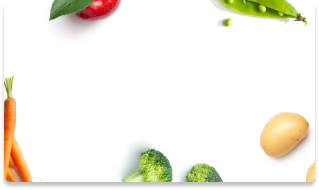
-
Find the right food for your pet
Take this quiz to see which food may be the best for your furry friend.
Find the right food for your pet
Take this quiz to see which food may be the best for your furry friend.
Featured products
 Adult 7+ No Corn, Wheat, Soy Chicken & Brown Rice Dog Food
Adult 7+ No Corn, Wheat, Soy Chicken & Brown Rice Dog FoodSupports energy level and beautiful coat in mature dogs
Shop Now Adult Perfect Weight & Joint Support Chicken Recipe Dry Dog Food
Adult Perfect Weight & Joint Support Chicken Recipe Dry Dog FoodThis weight management and mobility support dog food was created with Hill’s unique understanding of the biology of overweight dogs.
Shop Now Adult 7+ Perfect Digestion Chicken, Whole Oats & Brown Rice Recipe Dog Food
Adult 7+ Perfect Digestion Chicken, Whole Oats & Brown Rice Recipe Dog FoodScience Diet's breakthrough nutrition supports ultimate digestive well-being & healthy microbiome for dogs age 7+
Shop NowFeatured products
 Adult Savory Chicken Entrée Cat Food
Adult Savory Chicken Entrée Cat FoodPrecisely balanced nutrition with the delicious taste of savory minced chicken to help fuel the energy needs of cats during the prime of their life
Shop Now Perfect Weight Salmon & Vegetable Canned Cat Food
Perfect Weight Salmon & Vegetable Canned Cat FoodOver 70% of cats lost weight within 10 weeks when fed this nutrition
Shop Now Adult Perfect Digestion Chicken, Barley & Whole Oats Recipe Cat Food
Adult Perfect Digestion Chicken, Barley & Whole Oats Recipe Cat FoodScience Diet's breakthrough nutrition supports ultimate digestive well-being & healthy microbiome
Shop Now -
Dog
- Dog Tips & Articles
-
Health Category
- Weight
- Food & Environmental Sensitivities
- Urinary
- Digestive
- Joint
- Kidney
-
Life Stage
- Puppy Nutrition
- Adult Nutrition
- Senior Nutrition
Cat
- Cat Tips & Articles
-
Health Category
- Weight
- Skin & Food Sensitivities
- Urinary
- Digestive
- Kidney
-
Life Stage
- Kitten Nutrition
- Adult Nutrition
Featured articles
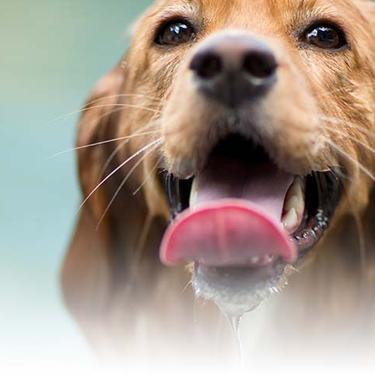 Water
WaterDiscover why water is the most important nutrient for your dog or cat to live a healthy life. Find out how much water your pet should consume each day.
Read More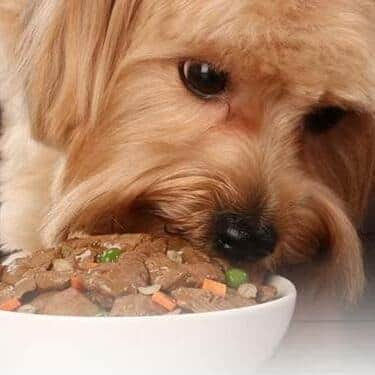 Pet Food Storage Tips
Pet Food Storage TipsDiscover how and where to store your dry, as well as canned, dog and cat food. Learn how to find the "best before" dates on all Hill's pet food packaging.
Read More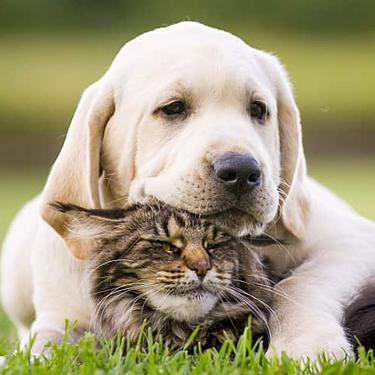 The Incredible Science Behind Your Pet's Microbiome
The Incredible Science Behind Your Pet's MicrobiomeLearn what a pet's microbiome is, how it contributes to your pet's gut & overall health, and why nutrition is important in maintaining healthy microbiomes.
Read More -
Find the right food for your pet
Find the right food for your pet


Nutritional Needs of Senior Cats
Your cat’s nutritional needs will change as she grows older, and it can make feeding time a challenge for both of you. Like humans, cats undergo significant physical changes with age. Understanding some of these changes and altering your senior cat’s food can help maintain her weight and health.
Weight management
Obesity in cats occurs most commonly in middle age. If you notice that your cat is eating less but still gaining weight, it could be attributed to decreased metabolism or decreased activity levels. Because cats often lead a fairly sedentary lifestyle, their foods are often dense with calories that can result in overeating and weight gain. This can lead to chronic medical conditions, including heart, respiratory, skin, and joint problems, especially in older cats. Giving your cat smaller quantities of food or gradually switching her to a lower-calorie food may pare down the pounds.
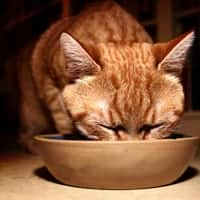
Although weight loss is sometimes attributed to the aging process, it can also be the result of an underlying disease. If your senior cat has a healthy appetite but is still losing weight, consult your vet for symptoms of heart disease, thyroid dysfunction, cancer, or diabetes. A decreased appetite could be associated with periodontal disease (gum and tooth problems), gastrointestinal disease, kidney failure, or a reduction in taste sensation.
Maintaining your senior cat’s health
When determining how much to feed your cat, follow these guidelines for proper senior cat nutrition:
- Slowly adjust her caloric intake to physical and environmental conditions (for instance, indoor vs. outdoor cats, spayed/neutered)
- Give your cat a stimulating environment where she can be active
- Switch to a food with a lower energy density (reduced fat or fiber)
- Implement portion control and meal feeding
- Introduce foraging devices (meal-dispensing feeders, food-filled toys)
- Introduce barriers to food access (baby gates, elevated feeding stations)


Tasty Tips
We can help
Choosing the best cat food for your senior cat will provide her with a higher quality of life. Cats have shown health benefits from a food supplemented with antioxidants, fatty acids, and a prebiotic source. Thanks to an easy-to-digest formula, along with an exclusive blend of antioxidants, Omega-3 fatty acids, and other nutrients, Science Diet® Adult 11+ Age Defying pet food, with its natural ingredients, can help:
- Nutrition to support youthful vitality
- Exclusive multivitamin blend to help keep older cats agile, more alert and interactive
- Optimal levels of key nutrients to support eye, heart, kidney and joint health
- Natural, high quality, easy-to-digest ingredients with no artificial colors, flavors or preservatives for a flavorful, nutritious meal
Find out more about transitioning your cat to Science Diet® Adult 11+ Age Defying cat food.
If you have an older indoor cat, we also offer Science Diet Adult 11+ Indoor Age Defying dry cat food. It offers precisely balanced nutrition tailored to senior cats with an indoor lifestyle. This senior cat food contains balanced nutrients that help:
- Nutrition to support youthful vitality
- Optimal levels of key nutrients to support eye, heart, kidney and joint health
- Healthy fiber supports digestive health and high-quality ingredients make litter box clean-up easy
- Clinically proven antioxidant blend with vitamins C + E to help support a healthy immune system
- Natural, high quality, easy-to-digest ingredients with no artificial colors, flavors or preservatives for a flavorful, nutritious meal
Choosing the right kind of food for your senior cat can help her to lead a long, healthy life. For more information on what’s best for your senior cat’s food needs, consult your veterinarian. Read more about wellness visits for senior cats.


One of our staff authors prepared this article for you
Related products

Precisely balanced nutrition with the delicious taste of savory minced chicken to help fuel the energy needs of cats during the prime of their life
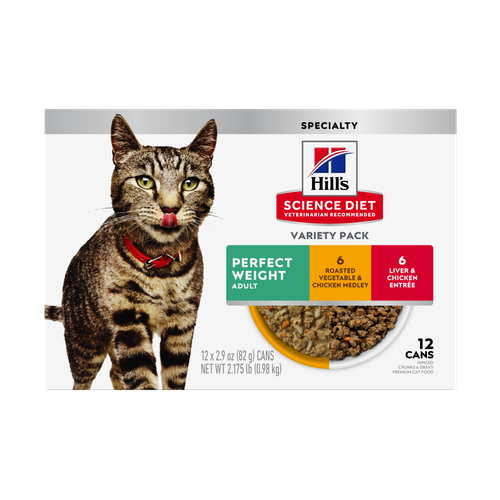
Feline Adult Perfect Weight Variety Pack

Science Diet's breakthrough nutrition supports ultimate digestive well-being & healthy microbiome

Over 70% of cats lost weight within 10 weeks when fed this nutrition
Related articles
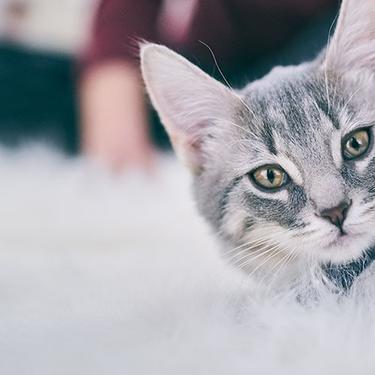
Discover the benefits of Hill's line of kitten foods and how they provide complete and balance nutrition for growing kittens.
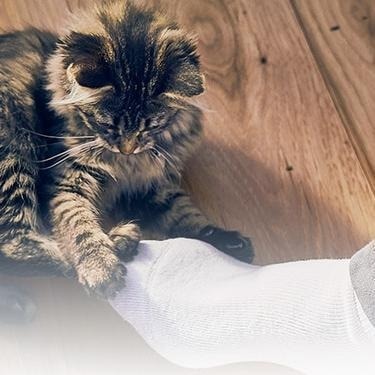
Discover which cat toys games your feline friend might like, and how they are great sources of exercise. Explore our library of articles to learn more.

Discover how to identify cat sensitive skin and what you can do to help your cat thrive from head to paw.
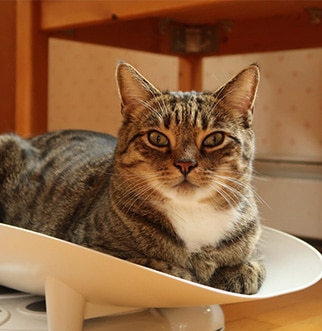
How do you get a cat to lose weight? Learn all about cat foods for weight loss, including how to choose weight control cat food and exercise tips.
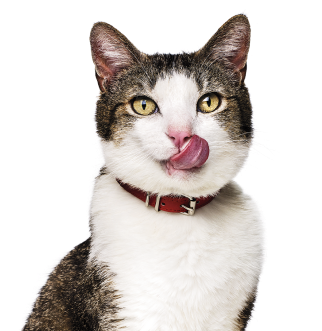
Put your cat on a diet without them knowing
Our low calorie formula helps you control your cat's weight. It's packed with high-quality protein for building lean muscles, and made with purposeful ingredients for a flavorful, nutritious meal. Clinically proven antioxidants, Vitamin C+E, help promote a healthy immune system.
Put your cat on a diet without them knowing
Our low calorie formula helps you control your cat's weight. It's packed with high-quality protein for building lean muscles, and made with purposeful ingredients for a flavorful, nutritious meal. Clinically proven antioxidants, Vitamin C+E, help promote a healthy immune system.

